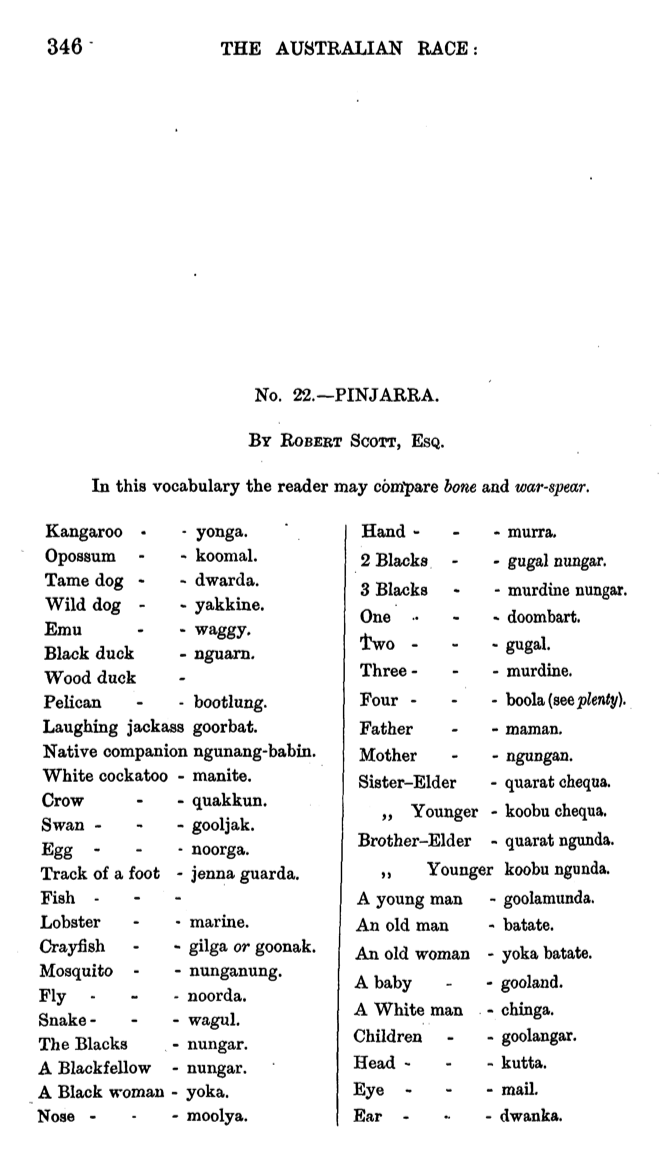Where does the name ‘Native Companion’ come from?
- Jeremy Steele

- Nov 8, 2022
- 3 min read
Updated: May 24, 2024
The following entry from the Macquarie archive gives basic information about the brolga but does not explain where the term ‘native companion’ comes from:
BROLGA

From the Macquarie archive: (also known as 'native companion' in colonial times)
Scientific name: Grus rubicunda
One of two species of crane found in Australia. (Fifteen species occur throughout the world). Brolgas are large, long-legged, long-necked birds noted for their impressive dancing displays, in which they bow gracefully to one another, leap vertically and sidestep. Their meeting ritual was noted by early colonists as well as being reflected and performed as a part of Aboriginal ceremonial dance. Found across the northern Australia and down the eastern half of the continent as far as Bass Strait. Use of the term 'native companion' was retained from colonial times until the turn of the twentieth century, when it was replaced by the word - brolga [named derived from Kamilaroi language: buralga]

ROBERT SCOTT'S LIST
One possible explanation can be found in a word list from a century and a half ago recorded by one Robert Scott and published by E.M. Curr in:
CURR, E.M. (Ed.) (1887) The Australian race: its origin, languages, customs, place of landing in Australia, and the routes by which it spread itself over that continent, Melbourne, John Ferres, Government Printer.
This list occurs in volume I of Curr’s four-volume work, on page 346, at the tenth entry in the first column, as shown below:
MY FRIEND: ngunang-babin
The entry concerned can be presented and analysed in a table:
Australian | respelt | English | EngJSM | source |
"ngunang-babin" | nganang babin | "Native companion" | brolga [me-of friend] | Curr 1 #22 Scott [1:346.1:10] [Pjrp] [wa] |
"[ngunang]" | nganang | "[Native companion]" | me -of | Curr 1 #22 Scott [1:346.1:10.1] [Pjrp] [wa] |
"[babin]" | | "[Native companion]" | friend | Curr 1 #22 Scott [1:346.1:10.1] [Pjrp] [wa] |
This information comes from the Nyungar database in the Bayala series. There are about eight entries in the Nyungar database (out of some 27 000 records) that give nganang as ‘my’ or ‘mine’. This expression is rendered in the standardised English yellow column in the table above as ‘me-of’ (i.e. of me: my, mine).
Similarly in this database there are about six records for babin meaning ‘friend’.
The bird in question, at least in the Pinjarra language in the Nyungar group of languages, was known by the indigenous people of the area as ‘my friend'. This term could be reasonably understood as having given rise to some European calling it ‘native companion’.
A LITTLE MORE ON PINJARRA
Pinjarra is shown in the bonzle.com website as being about 80 km south of Perth.
NOT SO FRIENDLY
Wikipedia records an event that took place in Pinjarra in 1834:
The Pinjarra massacre, also known as the Battle of Pinjarra, occurred on 28 October 1834 in Pinjarra, Western Australia when a group of Binjareb Noongar people were attacked by a detachment of 25 soldiers, police, and settlers led by Governor James Stirling.
According to Stirling, "about 60 or 70" of the Binjareb people were present at the camp and John Roe, who also participated, estimated about 70–80. This roughly agrees with an estimate of 70 by an unidentified eyewitness. The attack at Pinjarra was in response to sustained aggression by the Binjarebs, including robberies and murder of settlers and members of other Nyungar tribes.
On the attacking side - Captain Theophilus Tighe Ellis died and Corporal Patrick Heffron was injured.
On the defending side - an uncertain number of Binjareb men, women, and children were killed.
Stirling quantified the number of Binjareb people killed as probably 15 males.
Roe estimated the number killed as between 15–20.
An unidentified eyewitness counted about 25–30 killed, including 1 woman and several children. In addition, suggesting it was "very probable that more men were killed in the river and floated down with the stream".
The number of Binjareb people injured remains unknown, as do the number of deaths resulting from injuries sustained during the attack.

Jeremy Steele
7 November 2022







Comments